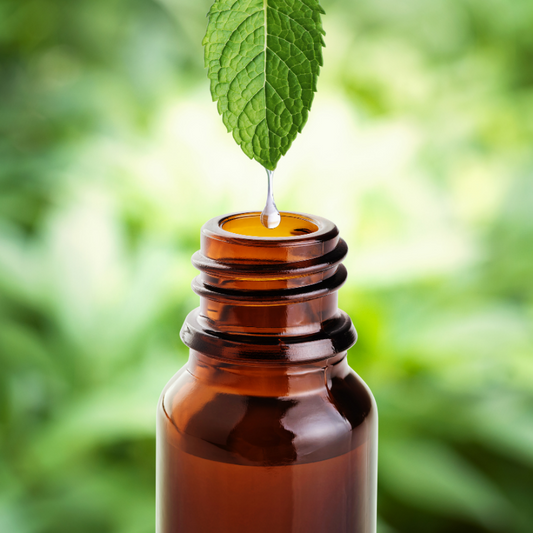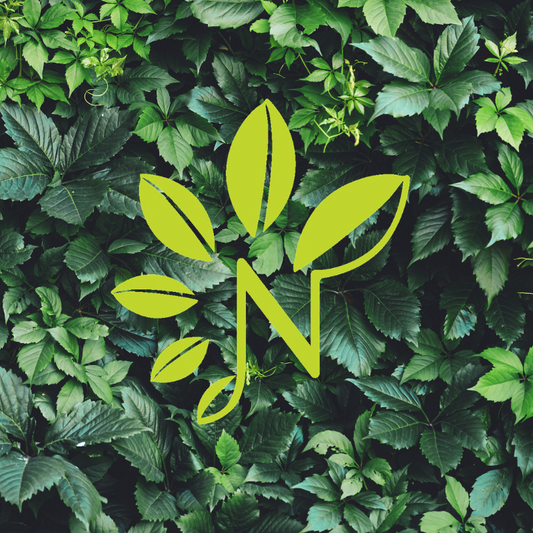SUN SCIENCE

NATURAL WITH ORGANIC INGREDIENTS
UV Rays
UV radiation is part of the electromagnetic (light) spectrum that reaches the earth from the sun. It has wavelengths shorter than visible light, making it invisible to the naked eye. These wavelengths are classified as UVA, UVB, or UVC, with UVA the longest of the three at 320-400 nanometers. UVB ranges from 290 to 320 nanometers. With even shorter rays, most UVC is absorbed by the ozone layer and does not reach the earth. Both UVA and UVB, however, penetrate the atmosphere and play an important role in conditions such as premature skin aging and skin cancers.
Why Use Natural Sunscreens
When choosing a sunscreen, protection from UV rays should be your top consideration. Natural sunscreen delivers the best UVA and UVB protection (also known as broad-spectrum coverage)
Natural Sunscreens
Uses active mineral ingredients, such as Zinc Oxide and Titanium Dioxide. They reflect the sun’s rays like a mirror to protect exposed skin. Mineral active ingredients do not break down as readily in the sun as chemical ingredients.
Chemical Sunscreens
Uses a combination of two to six of these active ingredients: oxybenzone, avobenzone, octisalate, octocrylene, homosalate, and octinoxate. They absorb rays in a chemical reaction that dissipates the heat back off the skin.
Cardinal Rules of Sun Exposure
-

Key Ingredients
All of our ingredients and the extracts we use have been cultivated without the use of harmful chemicals. We take great pride in protecting you and our planet by using...
Key Ingredients
All of our ingredients and the extracts we use have been cultivated without the use of harmful chemicals. We take great pride in protecting you and our planet by using...
-

Why Natural Tone Organic Skincare?
For over 15 years we have continued to source the finest natural and organic ingredients available to create the best broad-spectrum sunscreen, skin care, and beauty products for our customer....
Why Natural Tone Organic Skincare?
For over 15 years we have continued to source the finest natural and organic ingredients available to create the best broad-spectrum sunscreen, skin care, and beauty products for our customer....
-

Our Environment
We are proud to claim that we take the sustainability of our environment to the next level. A study in 2016 has shown that a common chemical substance in most...
Our Environment
We are proud to claim that we take the sustainability of our environment to the next level. A study in 2016 has shown that a common chemical substance in most...



